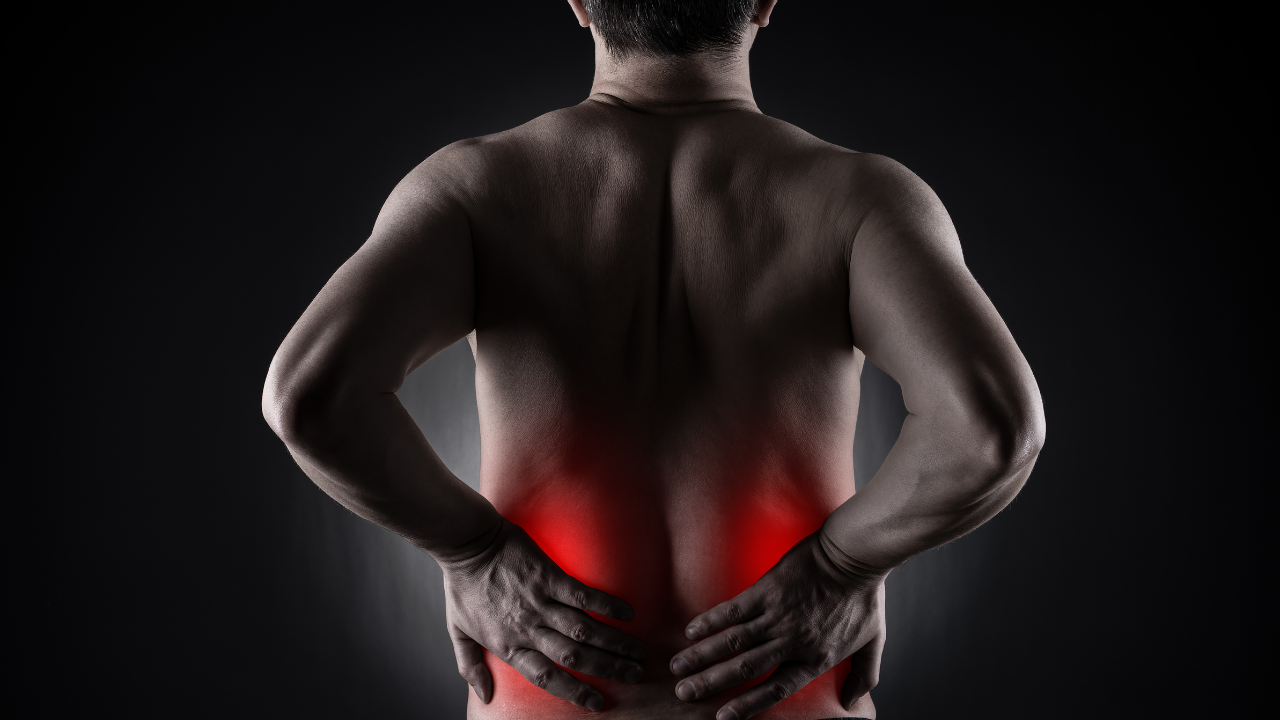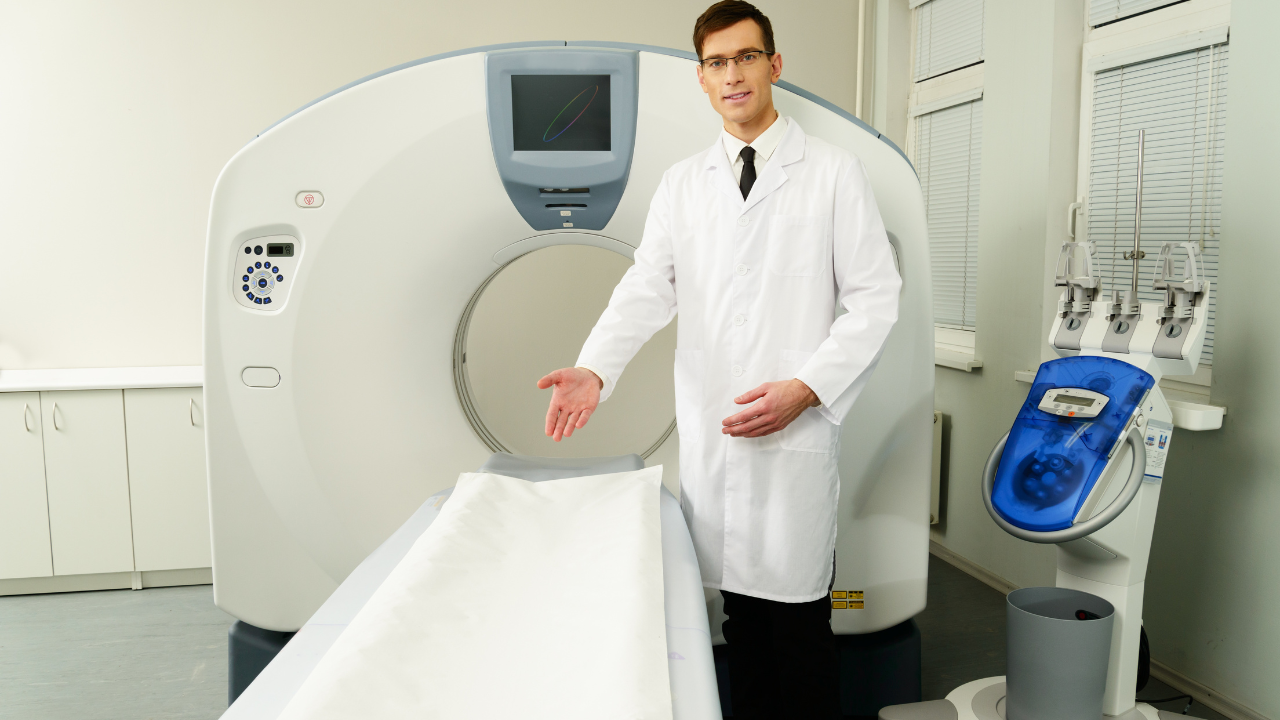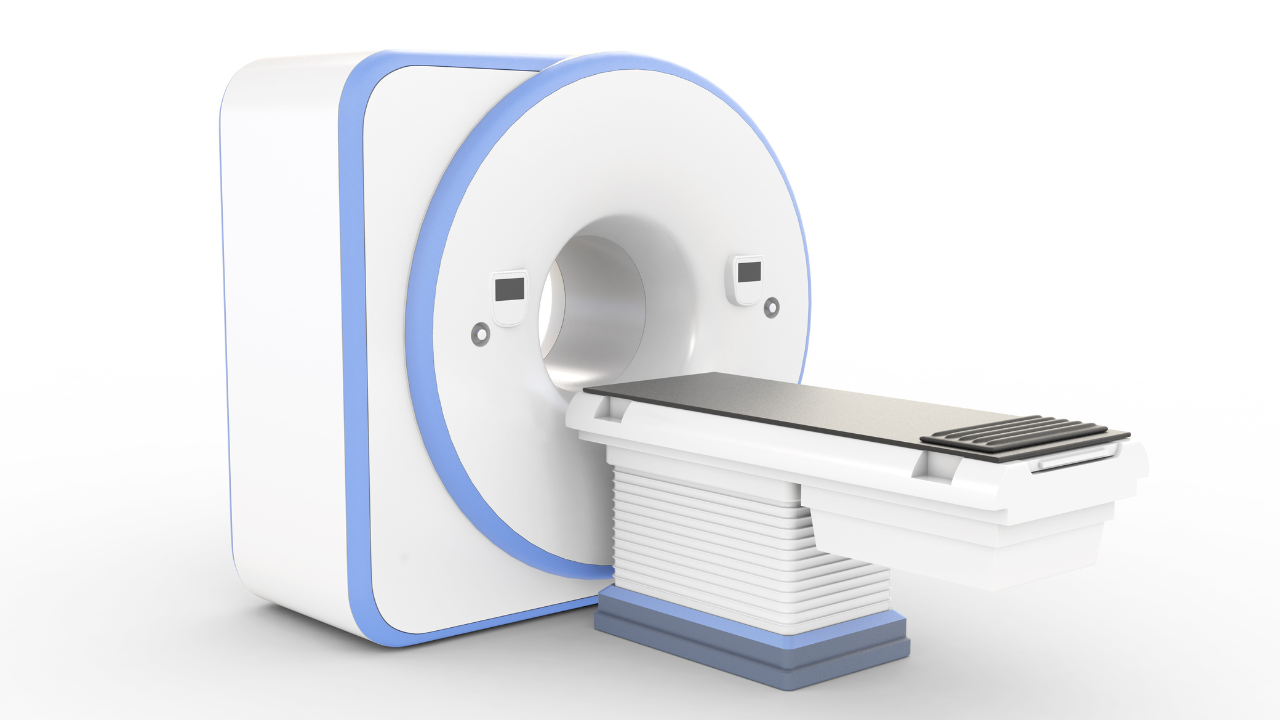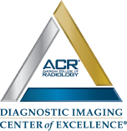Blog and News

Myths And Facts About Joint Pain And Arthritis

Osteoarthritis, one of the most common forms of arthritis, results from wear and tear of the cartilage that cushions the joints, typically after an injury or with advancing age. More than 27 million Americans have osteoarthritis.
Also called degenerative joint disease, Osteoarthritis usually develops over years, and symptoms include pain, stiffness, tenderness, a limited range of motion and may cause a grating sensation during movement. The pain usually is worse after activity and ranges in severity from person to person.
Scientists aren’t 100% certain what causes most types of arthritis or why some people develop it and others do not. Researchers are, however, studying three major factors to determine the role they play in developing arthritis: genetics, lifestyle and life events, and obesity.
Risk factors for arthritis include:
- Gender
- Age
- Weight
- Work factors
There are several myths about osteoarthritis:
Myth: All joint pain is arthritis.
Fact: Other conditions, such as tendonitis, bursitis or other soft-tissue injuries also cause joint pain. Evaluation by a rheumatologist will lead to the right diagnosis and treatment
Myth: Rain and damp weather worsen arthritis.
Fact: Although many believe that a twinge in the knee or elbow can predict rain, there’s no scientific evidence that dampness or humidity intensifies arthritis symptoms.
Myth: Take it easy if your arthritis acts up.
Fact: Regular, sensible exercise actually may help your arthritis, although arthritic joints sometimes need a short period of rest followed by a gradual return to activity. It’s important to maintain your strength and range of motion in your joints. Your doctor can guide you and suggest an exercise that’s gentler on the joints.
A diagnosis of arthritis doesn’t mean the end of an active lifestyle. In treating osteoarthritis, the goal is to help patients learn to manage all aspects of pain and to increase their joint mobility and strength. It is recommended that patients with osteoarthritis collaborate with their physicians to find what works best for them.






